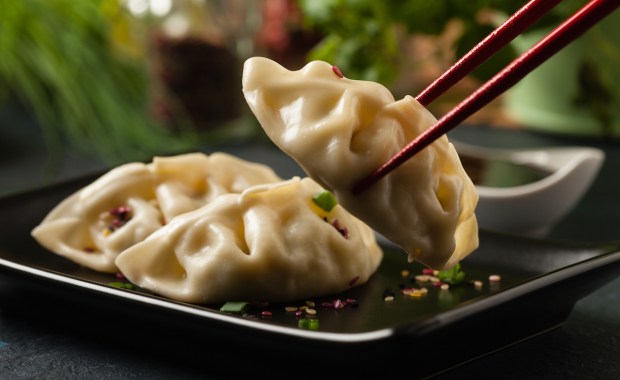Brooklyn Dumpling Shop CEO: Inventory Management Key to Customer Loyalty

As restaurants’ loyalty efforts become more important amid today’s macroeconomic pressures, inventory management technology can be key to customer retention.
In an interview with PYMNTS, Stratis Morfogen, owner and CEO of Brooklyn Dumpling Shop, an automat-style chain with a handful of locations in the Northeast (and more to come across the country), said these digital tools are as essential for loyalty as more customer-facing technologies.
“Good inventory software will create a better guest experience,” Morfogen said. “When someone walks in or travels miles away to get to your restaurant, and they come for one of your most popular dishes, and you don’t have it? Well, that’s a problem. So, inventory management [technology], to me, is just as important as front of the house.”
Indeed, efforts to improve the restaurant experience for diners are key as today’s inflationary environment leaves many consumers feeling like they are getting less bang for their buck. PYMNTS research found that, as restaurant prices have continued to rise, the share of consumers who are “highly satisfied” with the price they paid for their last quick-service restaurant (QSR) meal has been on the decline.
Plus, with the latest Consumer Price Index (CPI) data from the U.S. Bureau of Labor Statistics (BLS) revealing that restaurant prices are up nearly twice as much as grocery, many consumers are pulling back on restaurant visits, challenging restaurants to work harder for their spending. Research from PYMNTS’ Connected Dining series revealed that restaurant visits in June were down to 58% from 67% at the start of the year.
Brooklyn Dumpling Shop, for its part, is highly dependent on technology to create the customer experience, leveraging digital menus, cloud-based ordering and point-of-sale (POS) solutions from Tray, and the software for its automats, all compatible with each other, to create a highly digital experience.
“It’s a self-ordering process, from the kiosk to the smartphone,” Morfogen said, noting that, while right now the company offers ordering from both, he expects that as consumers become more comfortable with the technology, kiosks will “fall out of favor,” and smartphones will be the most popular ordering channel.
(For context, additional PYMNTS research from the Connected Dining series revealed that 8% of consumers had placed their most recent restaurant order via automated kiosk, while 14% had done so via a restaurant’s website.)
Digital engagement with restaurants is on the rise. Additional research from the survey of nearly 2,500 U.S. consumers behind PYMNTS’ study, the “ConnectedEconomy™ Monthly Report: The Urban-Rural Health Divide Edition,” revealed that digital participation in the restaurant sector is up 9% year over year among high- and low-income consumers and up 2% among middle-income diners.
As consumers become more comfortable with the technology, Morfogen said labor needs will reduce even further, with diners requiring less assistance to use the system.
“I think we’re years ahead of our time, and that’s why we must have a greeter … at the front door,” he said. “… So, where we’re going from here — it’s all going to start going into seamless [ordering and pickup], and it’s all going to be related to your cellphone.”

